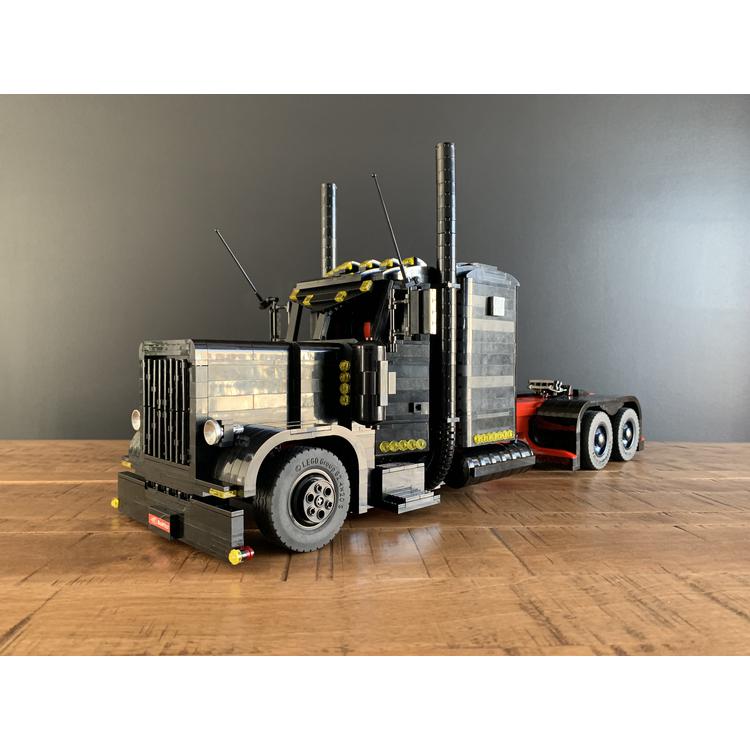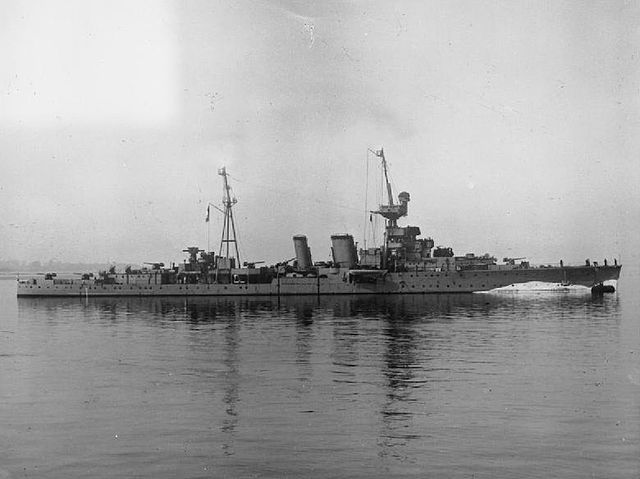Conflict between Curlew and HMS Columbia:
The War of 1812 was a military conflict between the United States and Great Britain and its colony in Canada between 1812 and 1815. The war was fought over a variety of causes, including British impressions of American sailors, American expansionism, and British support for Native American tribes that resisted American expansion into their territories.
A privateer is a privately owned armed vessel authorized by the government in time of war to attack and capture enemy ships. Privateers were used extensively by the United States and Great Britain during the War of 1812. Privateers can be more cost-effective than conventional navies because they don't require the same level of maintenance or pay for crews.

The Curlew was a British privateer that operated in the Atlantic during the War of 1812. The ship was armed with 16 guns and had a crew of about 100 men. HMS Columbia was also a British privateer that operated during the war. It was a smaller ship, armed with six cannons, and had a crew of about thirty men.

Curlew and HMS Columbia were instrumental in the British war effort. They were authorized to capture and sabotage US shipping, which helped cripple the US economy and undermine their war effort. However, privateers also face significant risks, as they can be captured by the enemy or destroyed in battle. HMS Columbia was eventually taken over by the United States for its own use.
About the origin of Curlew and HMS Columbia:
Curlew was built in Baltimore, Maryland in 1812 and was originally owned by the American shipping company Brown & Coulter. However, the ship was captured by the British shortly after completion and was subsequently converted into a privateer.
Curlew's mission was to disrupt American shipping and capture American ships, which would help cripple the American economy and undermine their war effort. The ship is authorized to attack any American vessel it encounters, including merchant and naval vessels.
The Curlew was armed with 16 guns, which gave it a significant advantage over most American ships. The ship is also equipped with a number of small arms, including muskets and pistols, for use by the crew during boarding operations.
Curlew participated in many notable battles and events before meeting HMS Columbia. In 1813, the ship captured the American merchant ship Mary carrying a cargo of flour and cornmeal.
HMS Columbia was built in Liverpool in 1811 and was originally named Chance. However, it was later renamed the Columbia after it was bought by a group of British investors.
In terms of size, the HMS Columbia is smaller than the Curlew. The ship was about 80 feet long and weighed about 120 tons, while Curlew was about 100 feet long and weighed about 312 tons. Despite its small size, HMS Columbia is known for its speed and maneuverability, which allows it to evade US Navy ships and attack vulnerable targets.
In terms of armament, the HMS Columbia is equipped with six cannons, which are not as powerful as the Curlew. However, the ship was also equipped with small arms, including muskets and pistols, for the crew to use during boarding operations.
Collectively, the Curlew and HMS Columbia were important British privateers who played a major role in the War of 1812.
To the designers at HMS Columbia:
The designer is Frank Mäurer, from Berlin, Germany, and he is 18 years old. His hobby is building Lego. He owns historic sailing ships and sometimes buildings and vehicles of modern merchandise. He also plays soccer in his free time and is interested in military history. Building MOCs and instructions isn't his real job, it's just a hobby.
He made a little money building MOCs and had experience making real sets. Another interesting experience is the international cooperation between Germany and China, and he is very happy to reach a cooperation with Godbricks. He thinks Godbricks is a great site and finds it very clear and easy to use.
Introduction To MOCs:
HMS Columbia is a british 36 gun frigate from the early 19th century. The ship is armed with 24x18lb Longguns in the mainbattery. In addition there are 8x9lb longguns and 8x12 lb on the fore castle and the quaterdeck. There are also two guns at the bow and two at the stern. The model is equipped with further details such as a ship's bell, several gratings, a companionway, a skylight, an toilett, 2 anchor capstans, two anchors, a jack-o'-lantern, a steering wheel and a pretty galleon figure. The ship also has a very detailed rigging. In addition, the ship impresses with a particularly striking stern gallery. The model consists of 4763 individual parts.
MOC Details:
Pieces: 4763For him, the best thing is designing ships and finding solutions for complex shapes. He also likes the planning process ahead, when you think about how you want to represent something and what era it should be. What he doesn't like much is the process of having to transfer the moc into a production-ready suit, and not having certain parts in certain colors. Creating instructions isn't one of my favorite things to do either. But that part is also part of it. He finally chose to accept it all.
HMS Columbia is a custom ship design created by the designer "boeing_787_8_dreamliner" on Rebrickable. The designer's concept was to create a sleek and modern warship that could traverse the seas with speed and efficiency while also boasting impressive firepower.
The design of HMS Columbia incorporates many elements commonly found in modern naval vessels, including a low-profile hull and sleek, angular superstructure. The ship features multiple decks, including a main deck with gun turrets and a helicopter landing pad.
The designer incorporated a variety of pieces to create intricate details throughout the ship, including the use of sloped pieces to create a streamlined hull, and the use of multiple colors and textures to add depth and complexity to the design.
Overall, HMS Columbia is a stunning example of what can be achieved with bricks, and it showcases the creativity and ingenuity of the designer. Its design concept and ideas demonstrate a deep appreciation for naval vessels and a desire to create a ship that is both functional and aesthetically pleasing.
Summary about Curlew and HMS Columbia:
Curlew and HMS Columbia have played important roles in naval history, and their stories highlight some of the broader lessons that can be learned from their experiences.
The legacy of Curlew and other privateers in the War of 1812 is complex. While they have succeeded in disrupting U.S. trade, they have also contributed to the overall sense of lawlessness and violence that characterizes the conflict. Furthermore, their actions often caused suffering to the civilian population, as privateers would attack merchant ships indiscriminately. Still, privateers were seen as a necessary part of warfare at the time, and their actions were celebrated in popular culture.
HMS Columbia, on the other hand, was a British warship that was lost to the United States during the War of 1812. The loss of the ship was a major blow to British morale and highlighted the effectiveness of US naval tactics. It also demonstrates the importance of naval superiority in wartime and the risks of overstretching naval power.
Overall, the stories of Curlew and HMS Columbia are important reminders of the complexities of naval warfare and the impact privateers and warships had on civilians. They also emphasized the role of naval superiority in wartime and the risks of overreliance on naval power.

















